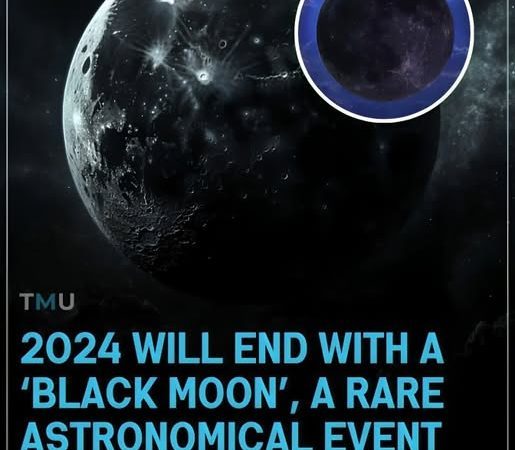December 2024 will bring a rare astronomical event: a “black moon”, the second new moon in one month. While not an official term, it’s widely used to describe this lunar rarity, similar to how two full moons in one month are called a “blue moon.”
What is a Black Moon?
A new moon occurs when the sun and moon align, making the moon invisible from Earth. This is the perfect time for stargazing, as there’s no moonlight to obscure faint celestial objects. And in winter, drier air provides clearer, sharper views—ideal for spotting distant stars and planets.
Mercury-Moon Conjunction
On December 28, a rare Mercury-Moon conjunction occurred, though it wasn’t visible in the U.S. Still, skywatchers in New York and around the world had a chance to catch a glimpse of Mercury and the moon in the early morning sky.
What’s Coming on December 30th?
The black moon itself will occur on December 30 at 5:27 p.m. ET. It’s the second new moon of the month, and it’s a perfect opportunity to explore the night sky.
What Else to Look For
On December 31, several planets will grace the sky, visible from both hemispheres. In the Northern Hemisphere, you’ll catch Mercury at dawn, Venus and Saturn at dusk, and Jupiter and Mars throughout the night.
January’s Celestial Guide
January skies will showcase winter constellations like Orion, Taurus, and Leo in the Northern Hemisphere, and Canopus, Vela, and the Southern Cross in the Southern Hemisphere. Whether you’re in New York or Buenos Aires, January promises some of the best stargazing of the year.
Clear skies, patience, and a little luck will reward you with a breathtaking celestial display. Don’t miss out on these once-in-a-lifetime events!



